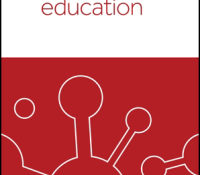tandfonline.com – The computer-based assessment of domain-specific problem-solving competence—A three-step scoring procedure
tandfonline.com har udgivet en rapport under søgningen “Teacher Education Mathematics”: Abstract Abstract Problem-solving competence is an important requirement in back offices across different industries. Thus, the assessment of problem-solving competence has become an important issue in learning and instruction in vocational and professional contexts. We developed a computer-based low-stakes assessment of problem-solving competence in the domain of controlling. The assessment required participants to process three complex and authentic business-related scenarios within an office simulation. The low number of items and the open-ended response threaten the reliability of the scoring. We collected data from 780 German students in Vocational Education and Training (VET) and applied the following procedure to score the participants’ solutions to the three scenarios: A fine-grained scoring resulted in a comprehensive set of response patterns for each scenario.… Continue Reading

